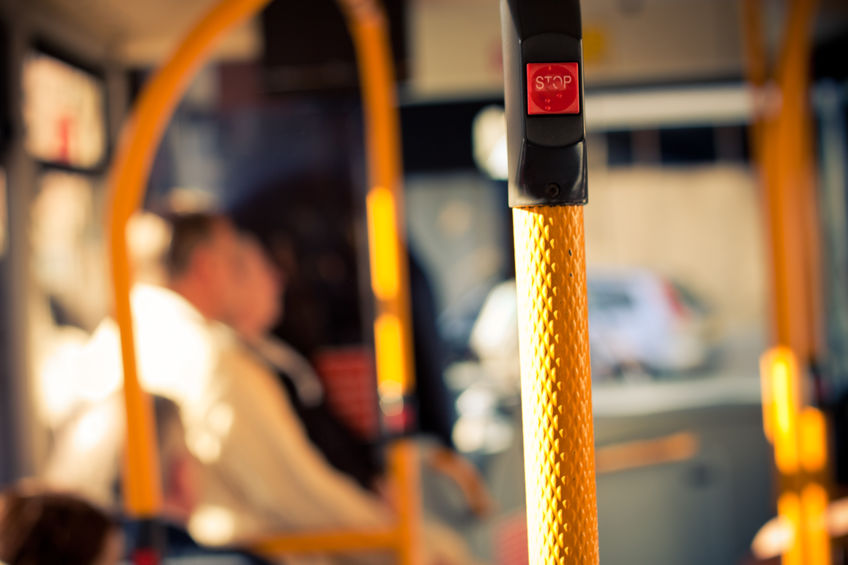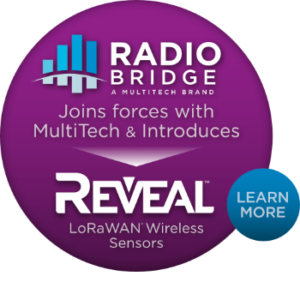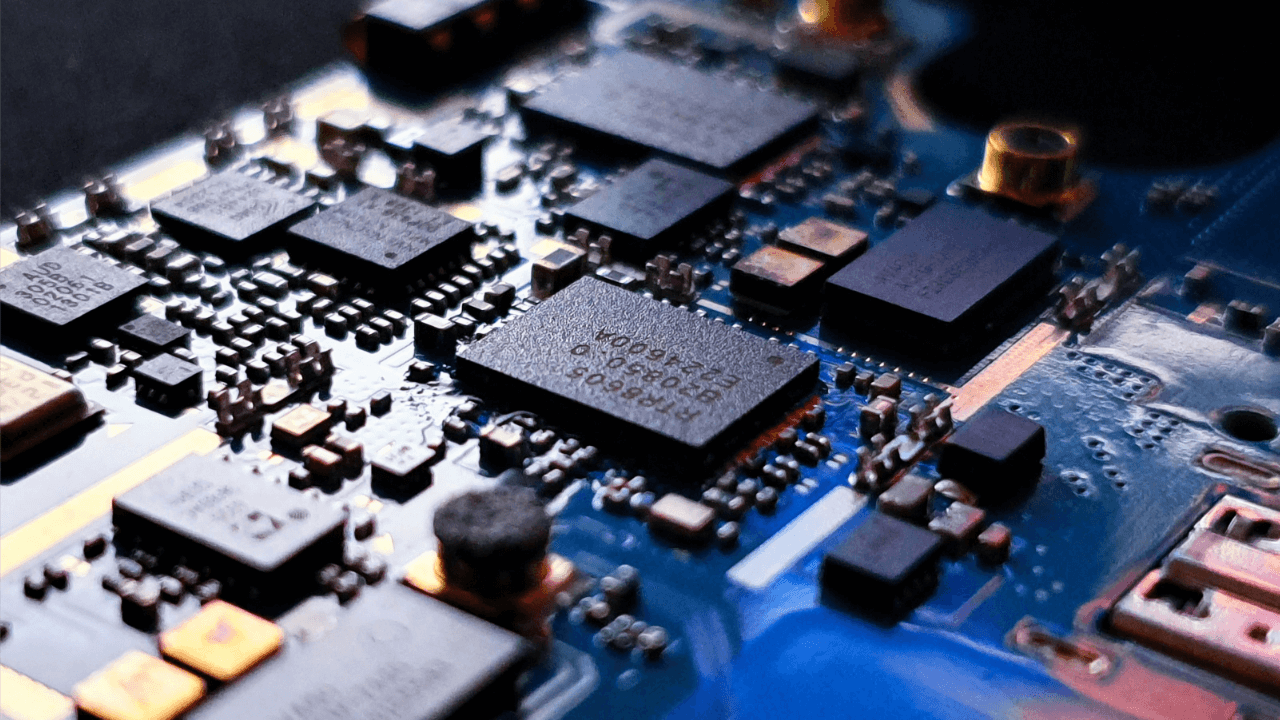
One of the most exciting implications of the Internet of Things (IoT) is the development of smart cities. All over the world, city planners are using internet-enabled, wireless devices to monitor assets and automate processes that would otherwise require human intervention.
Businesses and public entities are deploying IoT sensors throughout urban environments for many reasons. Utility management organizations, in particular, can take advantage of low-power wide-area network (LPWAN) and IoT technology to create tremendous cost efficiencies.
From managing energy usage to promoting public transit experiences, there are numerous use cases for wireless sensors in smart cities. When combined with sophisticated LPWANs, city developers and managers can completely transform lives and businesses in positive ways.
Enabling intelligent transportation systems
Wireless sensors can be used in several ways to facilitate smart public transit and commercial freight transportation around urban centers.
On the public transit side, cities are equipping buses with wireless sensors to collect data on average speeds along specific routes. Analysts can learn more about where congestion builds up and make recommendations to traffic light controllers accordingly. They can also study passenger flow more closely and adjust routes depending on utilization throughout the day.
Forward-thinking bus manufacturers are incorporating wireless push buttons into their vehicles more frequently. These sensors can be installed anywhere, making it easy for public transport experience designers to add and remove “stop” buttons as needed with simple handiwork. Wireless push buttons offer a low-cost alternative to rewiring entire buses.
For utility management operations that rely on truck-based cargo, operators can install ultrasonic level sensors that detect vehicles as they approach certain buildings. By using these devices, managers can reallocate workers to more complex tasks.
Smart rail systems are also on the rise in progressive cities. Commuter trains are using wireless sensors to enable predictive maintenance related to core systems. Vibration sensors can help engineers identify structural issues before they evolve into bigger problems. Additionally, wireless door and window sensors can be installed throughout trains to help staff control interior climate and ensure all external openings are closed at the end of a day.
Transport companies are using sensors in different ways. Some are installing wireless temperature sensors on refrigerated freight cars to ensure goods remain cold while in transit. Others are placing acceleration-based movement sensors on high-value items within containers to guard against theft. These sensors are also valuable for monitoring train speed and keeping drivers accountable.
Whether wireless sensors are used for public or commercial purposes, they can significantly improve consumer experiences and help transport managers track their assets more effectively.
Managing energy usage and distribution
Smart meters are enabling cities to modernize energy grids and distribute electricity more effectively over large regions. These meters can measure usage and feed data directly to utility companies about where energy supply and demand are misaligned. Operators can respond rapidly to blackouts and shortages when they occur. Energy managers can also use voltage sensors for critical battery-backup systems.
Using wireless bridges, network designers are able to connect their smart meters directly to LoRaWAN® infrastructure and optimize energy tracking across broad urban areas. Many smart meter models have dry contact outputs, which allows them to transmit data through dry contact bridges. Sophisticated bridges can transform any off-the-shelf sensor into a LoRaWAN device, allowing operators to reduce the costs of building next-gen IoT networks.
Wireless sensors and bridges also make monitoring gas pipelines much easier. Utility companies can connect pressure sensors directly to LPWANs through wireless 4-20mA current loop sensors built for industrial environments. Should gas pressure readings rise or fall around certain thresholds, field operators might realize something is amiss. Wireless IP67 ATH sensors can also help monitor atmospheric conditions and send quick alerts about harmful air quality.
In the same way, utility managers can install wireless liquid sensors along water pipelines and receive notifications instantly about leaks. They can remediate infrastructure issues and avoid major problems down the road that affect other public systems. Additionally, water sensors are useful for detect floods or rising levels under bridges after heavy rains.
By automating monitoring on these fronts, city managers can drastically reduce energy costs and avoid catastrophic events that would otherwise impact large numbers of people.
Responding to telecommunications issues
Mentioned previously, industrial environments have helped pave the way for predictive equipment maintenance. Manufacturers and factory operators are using vibration sensors to measure vibrations associated with critical machinery and processes. Sensor readings can draw attention to potential problems, thereby enabling personnel to address malfunctions proactively.
A similar application exists in smart cities when it comes to utility pole preservation. Utility companies can place tilt sensors on poles that detect when structures are angled in unexpected ways. An alert from an IoT tilt sensor might indicate that a pole has been struck by a car, resulting in downed cable lines.
Using wireless sensor technology, telecommunications companies can discover utility pole damage quickly and send field technicians out for repairs. They no longer have to wait for notifications from emergency response services. Acceleration-based movement sensors can also be installed on public hatches and manhole covers, so that city officials know when field techs are accessing fiber. As a result of these applications, commercial and residential subscribers experience less downtime and better service.
As more cities develop fiber networks, it’ll become increasingly important for operators to have the right tools and capabilities to stay on top of network performance. Wireless sensors are useful, not only on utility poles, but also in roadside cabinets and other structures that hold important fiber network components. Measuring heat, tilt, vibration, and liquid presence can help operators identify potential problems related to telecom infrastructure.
Using Radio Bridge, A MultiTech Brand, wireless sensors for broad utility management
Radio Bridge designs and manufactures a wide variety of sensors that enable many types of IoT applications. Operators use our low-cost, long-range sensors in smart city, building security, smart agriculture, health care, and industrial settings.
When it comes to public utilities management, we offer wireless devices and bridges that integrate seamlessly with leading LPWAN standards.
Using our Device Management Console, users can provision and configure hundreds of devices to track remote assets that monitor public transit, energy usage, and other utilities-related functions.
To learn more about Radio Bridge’s IoT hardware and software solutions, contact our team today.





